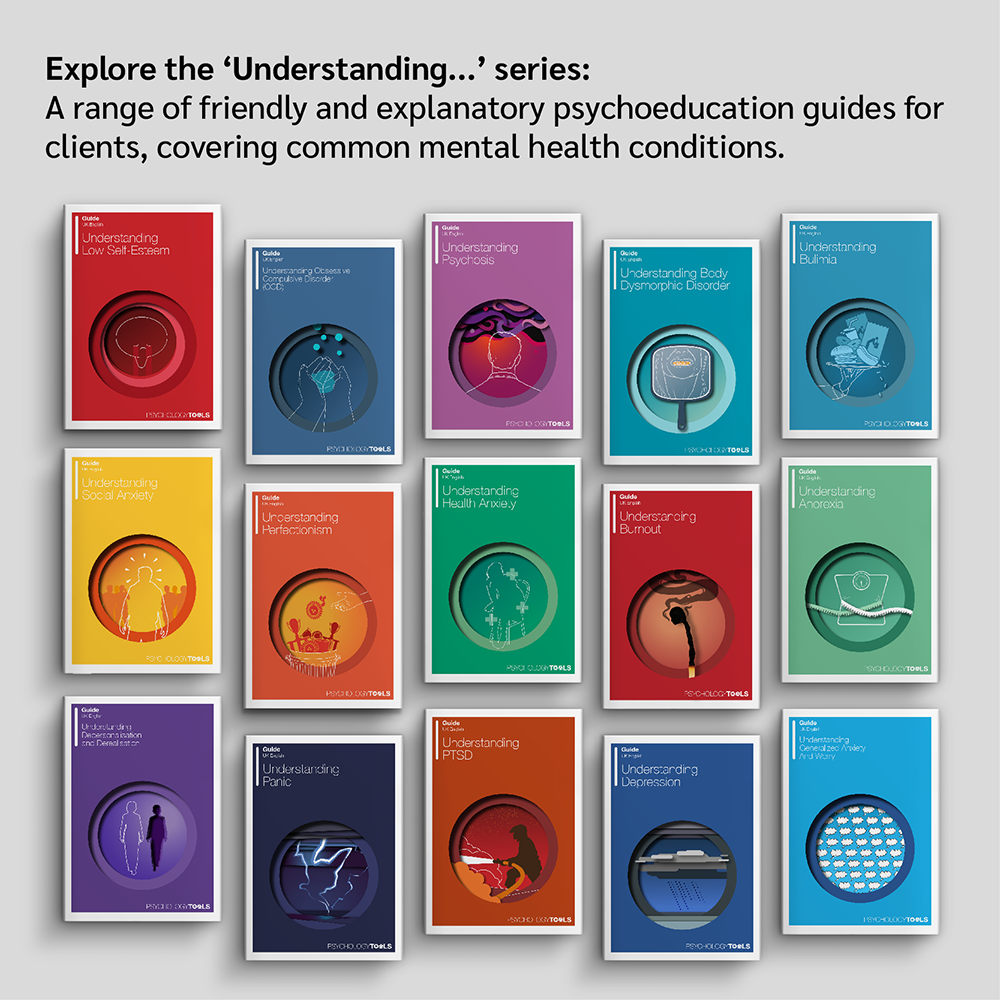Introduction & Theoretical Background
Most people go through periods where they feel tired or unhappy at work. However, if your job leaves you feeling emotionally exhausted, beyond the point of caring, or unable to function normally, you might be experiencing burnout.
Burnout is a common issue that can affect almost anyone in any job. Research suggests that around 18% of people struggle with high levels of burnout in some countries, and many more are at risk. While burnout is usually a work-related problem, it can arise in other settings, such as sport and education.
If it isn’t addressed, burnout can lead to serious difficulties, including problems with your mental and physical health, work, or functioning in daily life. If you’ve been burned out in the past, you might be worried about it coming back. The good news is that burnout can be addressed in lots of different ways, whether working at the level of



